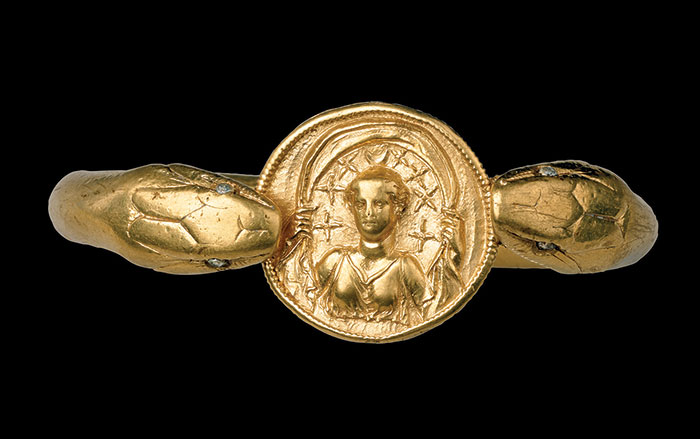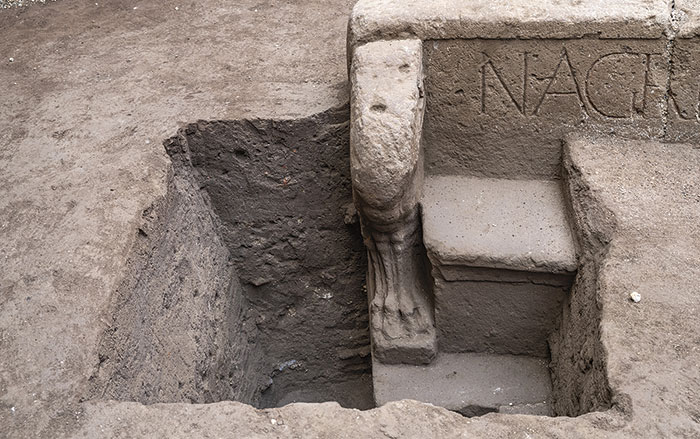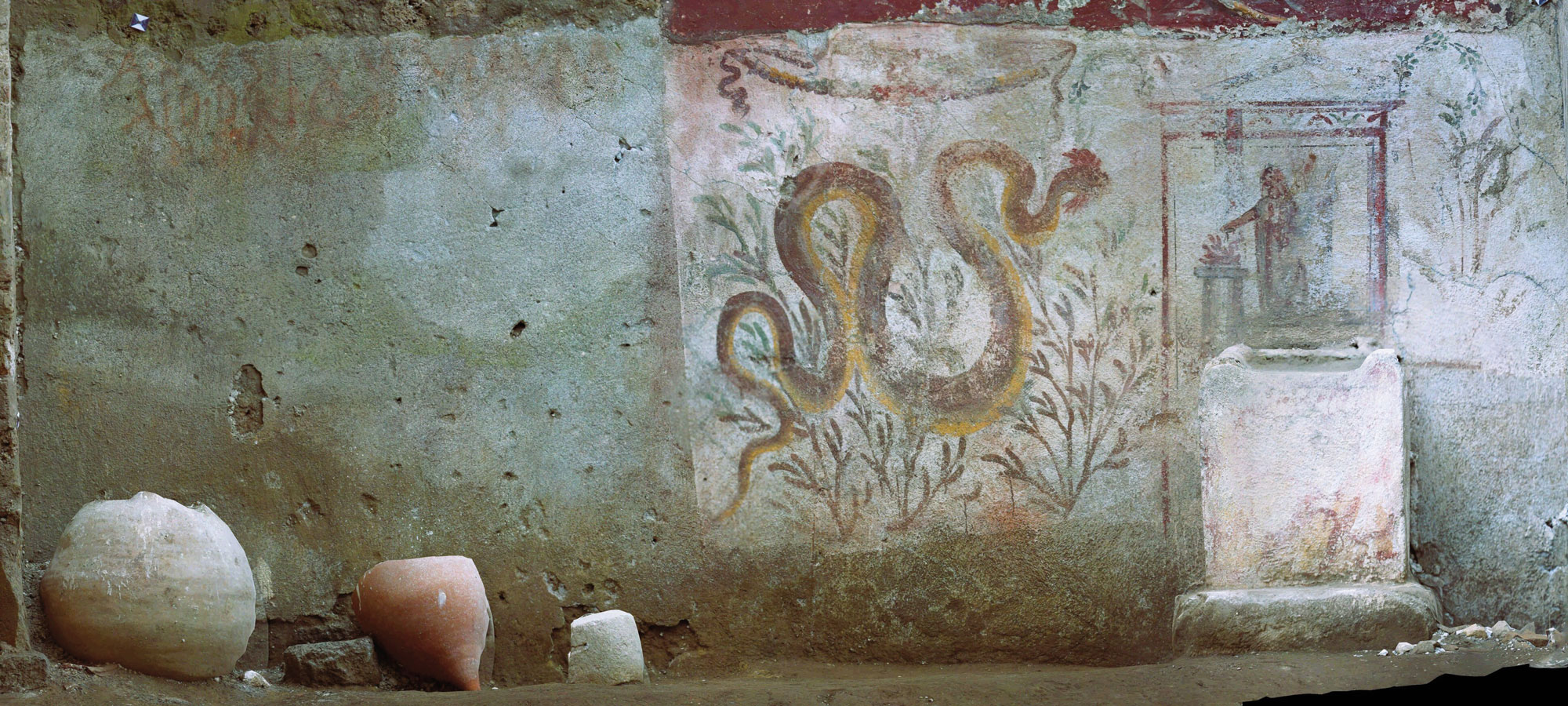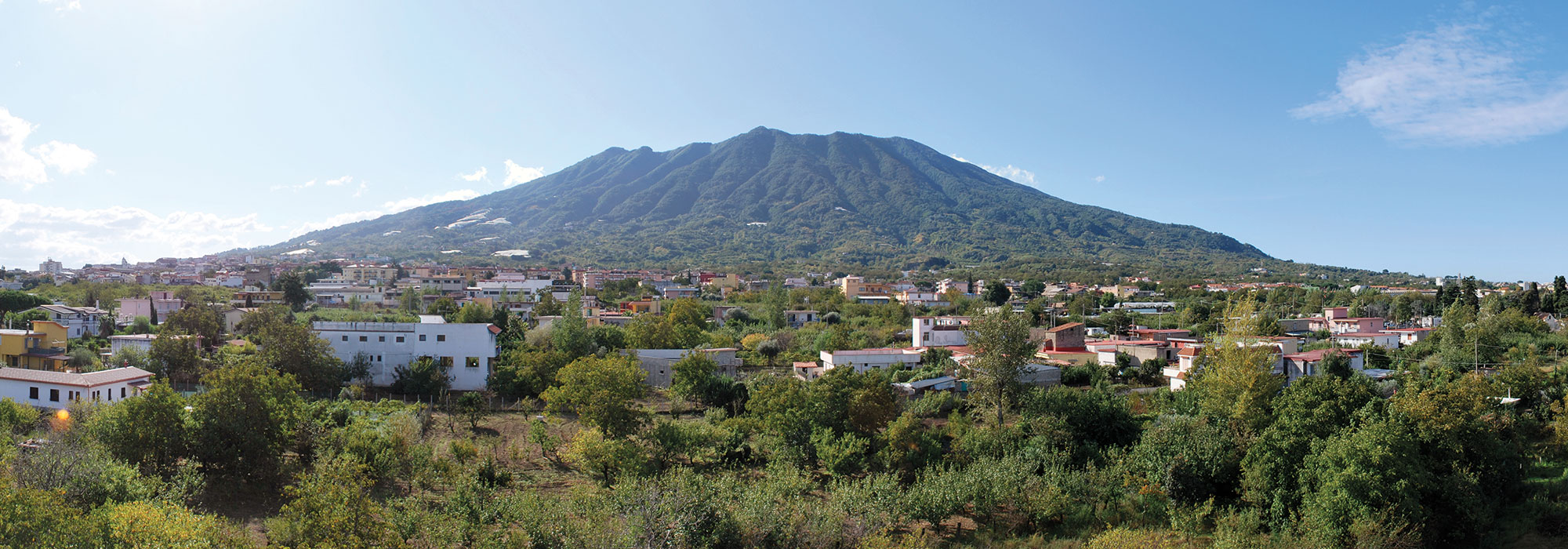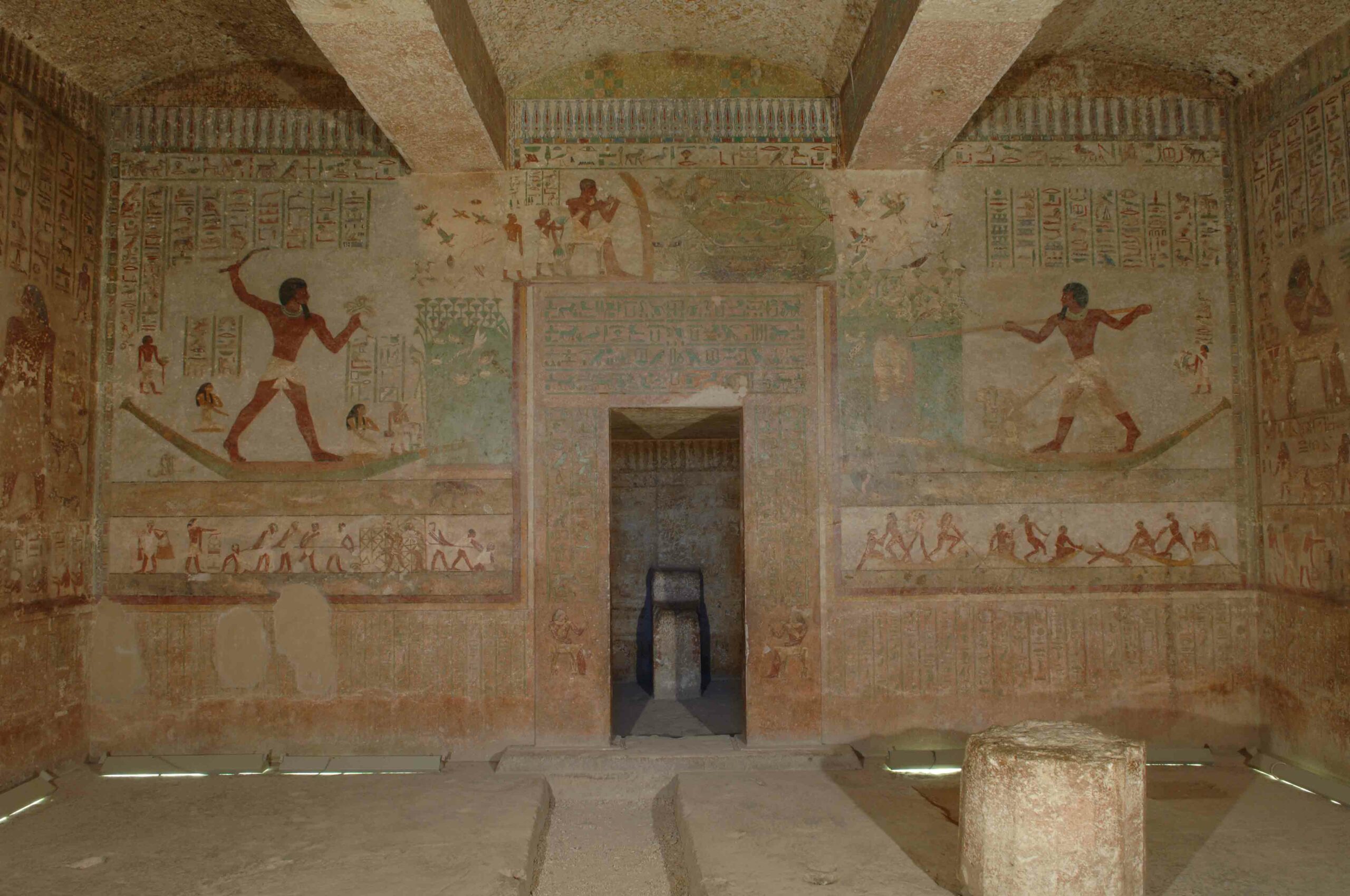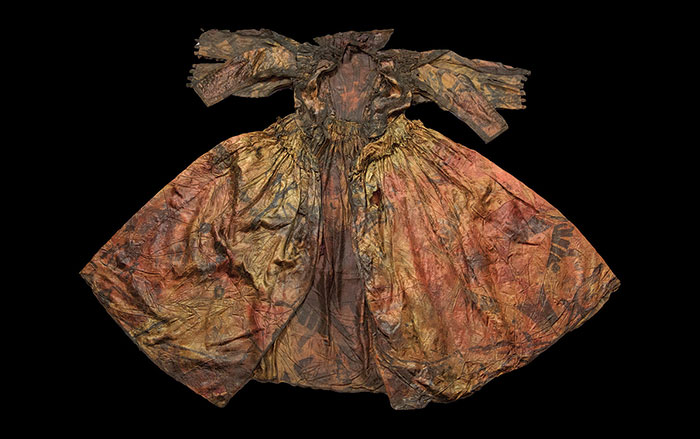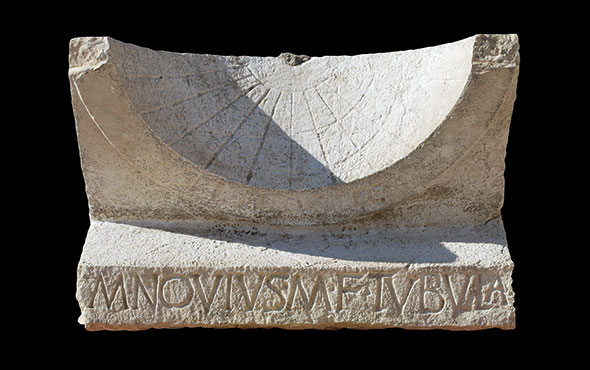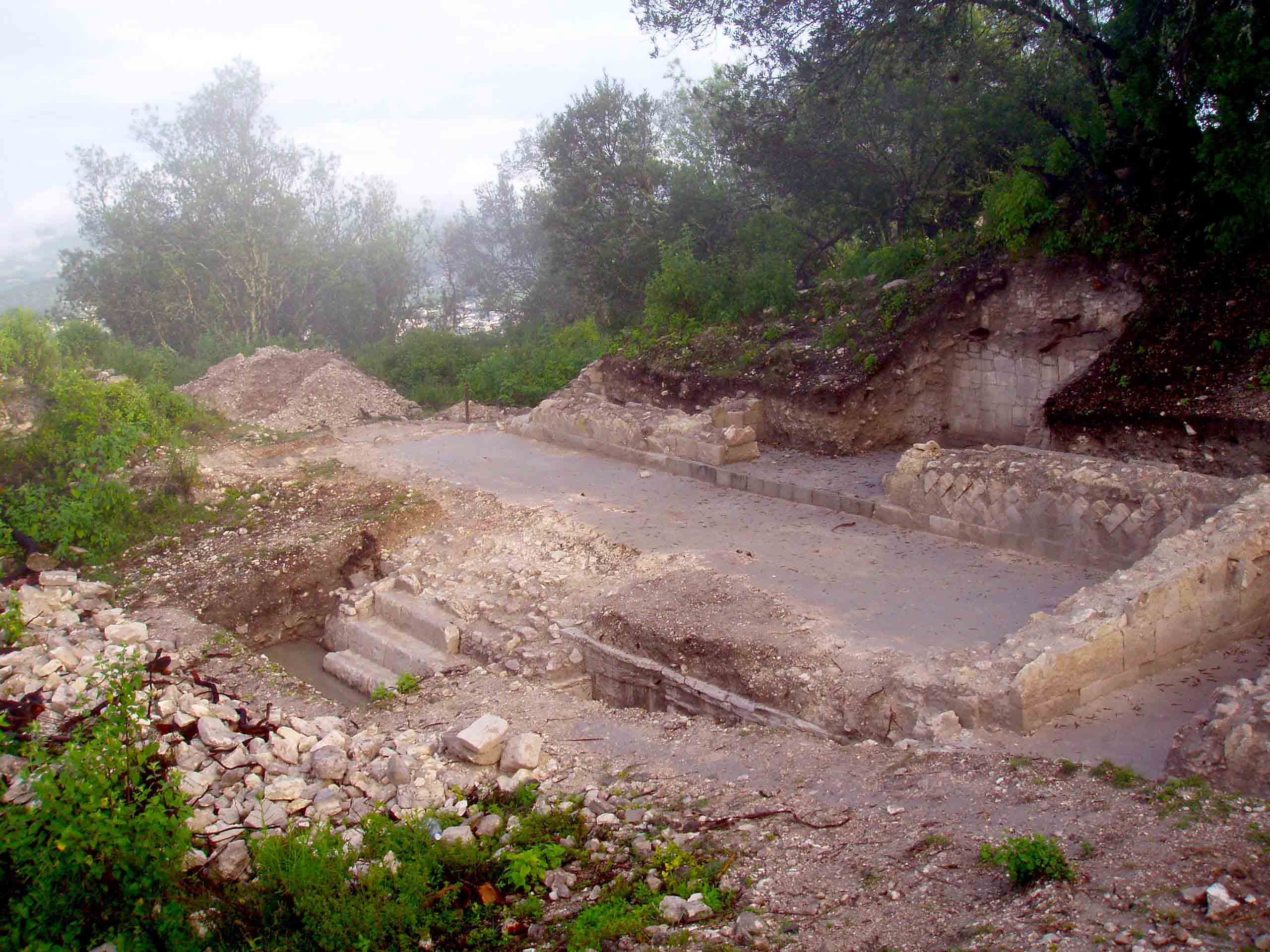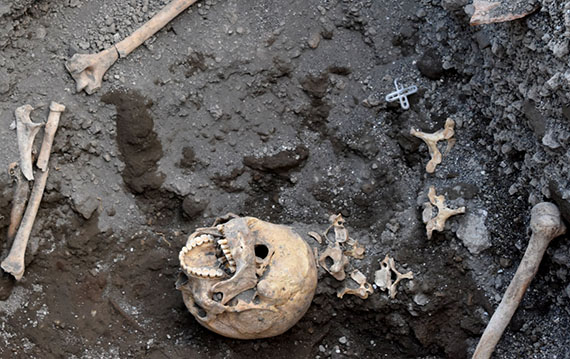
NAPLES, ITALY—The New York Times reports that archaeologists have recovered the intact skull and upper body bones of the man whose lower skeleton was found protruding from a large rock door jamb at Pompeii last month. It had been assumed that the rock sitting on his upper body had crushed him to death during the eruption of Mt. Vesuvius in A.D. 79. Further excavation has revealed that his lower body had been merely separated from his upper body, which was found about three feet directly below the rest of his remains. This may have happened sometime between 1748 and 1815, when early archaeologists digging tunnels at the site could have caused a collapse in the ash. “Our new hypothesis is that he died from asphyxiation from the pyroclastic flow,” said Massimo Osanna, director of Pompeii Archaeological Park. The walls of the nearby building may have collapsed on the body during the eruption or sometime later. The excavation has also uncovered a small sack containing an iron key, about 20 silver coins, and two bronze coins. For more on recent discoveries at the site, go to “Pompeii Revisited.”


